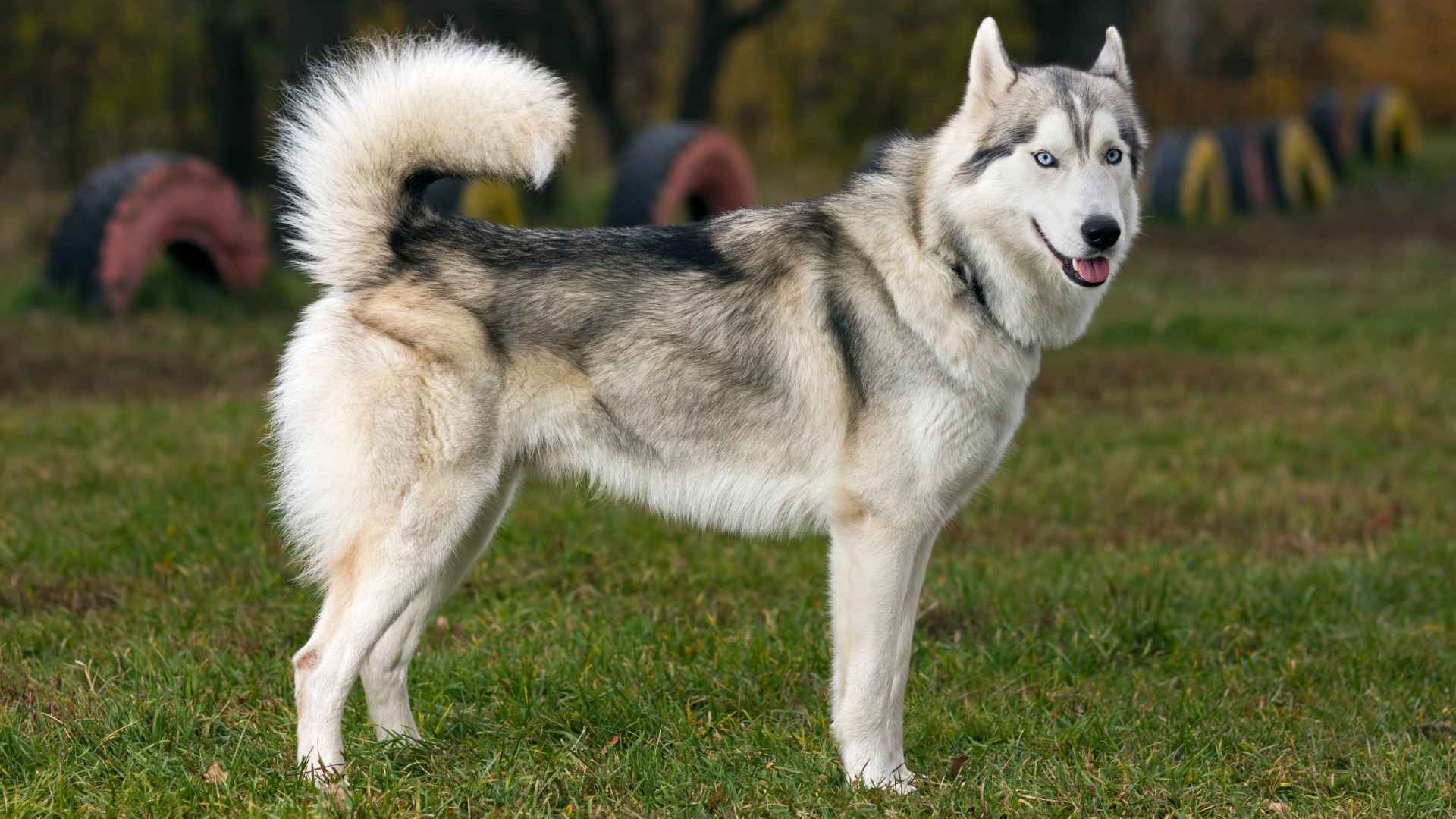You’d think danger lurks in the wild. The truth is, it can be closer to home: dogs. According to research, every year, in the U.S. alone, some 4.5 million people are bitten, and around 800,000 of those require medical treatment. That works out to nearly 1,000 visits to emergency departments every day because of dog bites. It’s a sobering fact.
More than half of bite victims are children, and bites involving familiar dogs in the home are surprisingly common. One study even shows multiple risk factors—lack of supervision, poor socialization, unresolved aggression, confinement—co-occurred in 80% of fatal incidents, making prevention a matter of how dogs are raised and treated.
The comfort of a leash or a familiar home doesn’t always guarantee safety. Whether you’re a pet owner balancing a loyal companion in your family or someone intrigued by the temperament of other animals, understanding the risk is crucial.
Least Safest Dog Breeds To Avoid At All Costs
Here are the 7 dogs:
1. American Pit Bull Terrier
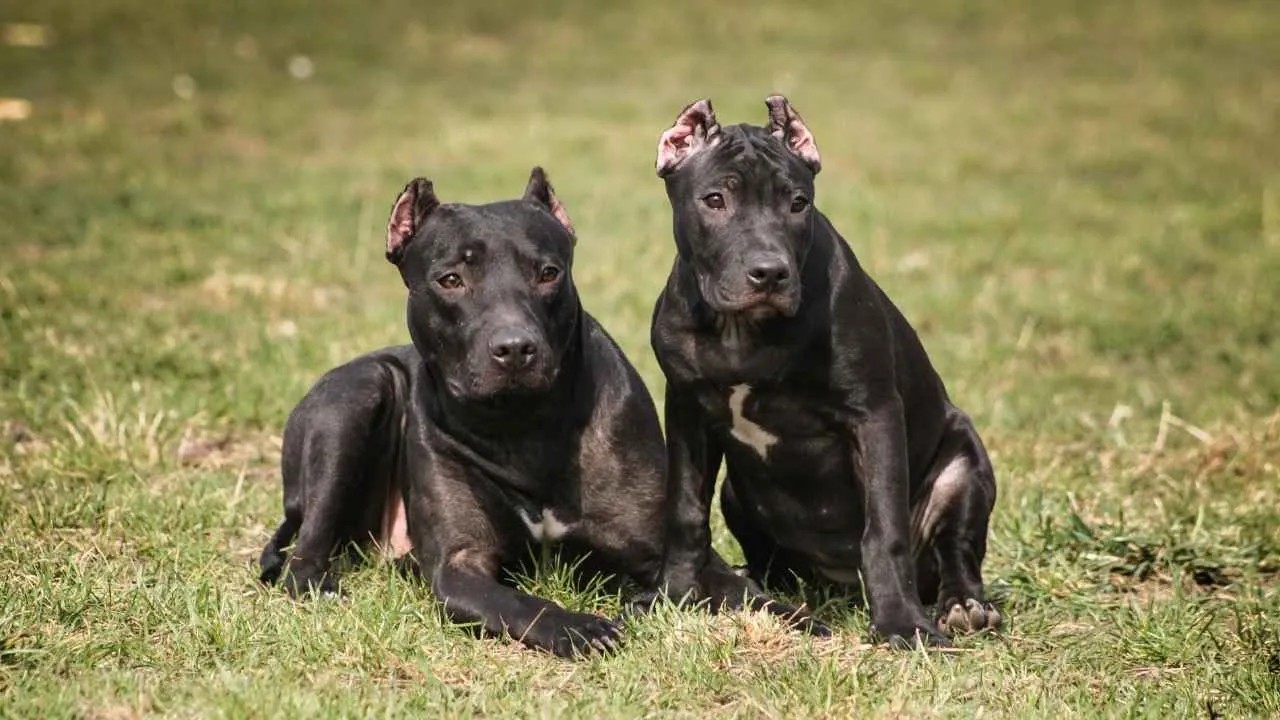
The American Pit Bull Terrier often lands on lists of the least safe dog breeds to avoid at all costs because it combines physical power and a strong will. This is a breed with high energy, a determined mindset, and a naturally protective nature that can become problematic without proper socialization.
When not given consistent guidance, boundaries, and mental challenges, their intensity can create situations that are difficult for pet owners to control.
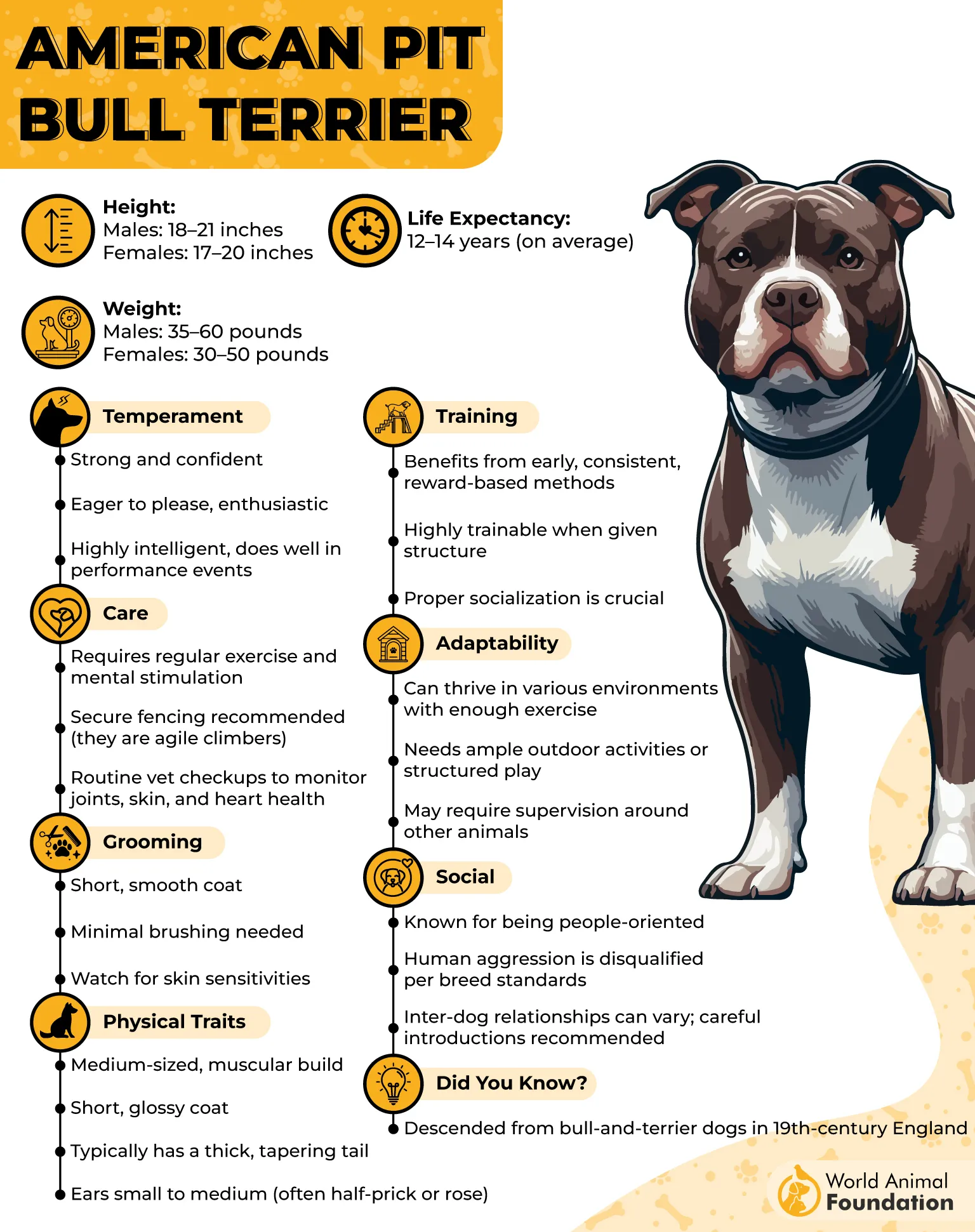
Originally bred in the 19th century by crossing bulldogs with terriers, the American Pit Bull Terrier was designed for demanding roles such as farm work and guarding property. Over time, it became known for its deep loyalty, eagerness to please, and ability to form strong bonds with humans.
|
Feature |
Details |
|---|---|
|
Temperament |
Loyal, confident, and energetic with a strong protective instinct |
|
Training Needs |
Thrives with consistent, reward-based training and early socialization |
|
Unique Trait |
Remarkable physical strength paired with agility |
|
Ideal Environment |
Active homes with experienced dog owners and plenty of space to play |
|
Exercise Requirements |
High — daily exercise and engaging activities are essential |
|
Potential Challenges |
May display dominance toward other dogs without early training |
2. Rottweiler
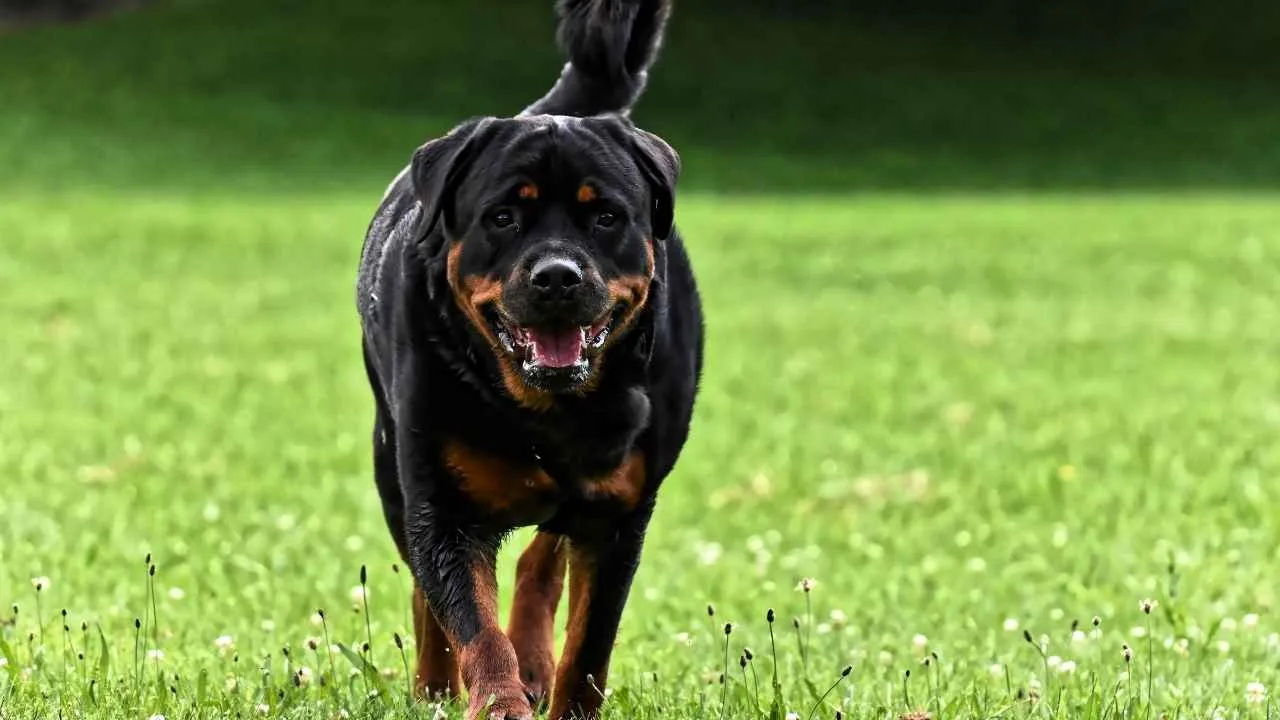
In many safety assessments, the Rottweiler appears repeatedly in the conversation around “the least safest dog breeds.” That’s not because it’s inherently vicious, but because its natural protective nature and formidable physical strength can become a serious liability when guidance, social exposure, and bold handling fall short.
When a confident, robust dog doesn’t get the structured leadership and early proper socialization it needs, that protective streak can turn into tension, especially in crowded or unpredictable environments.
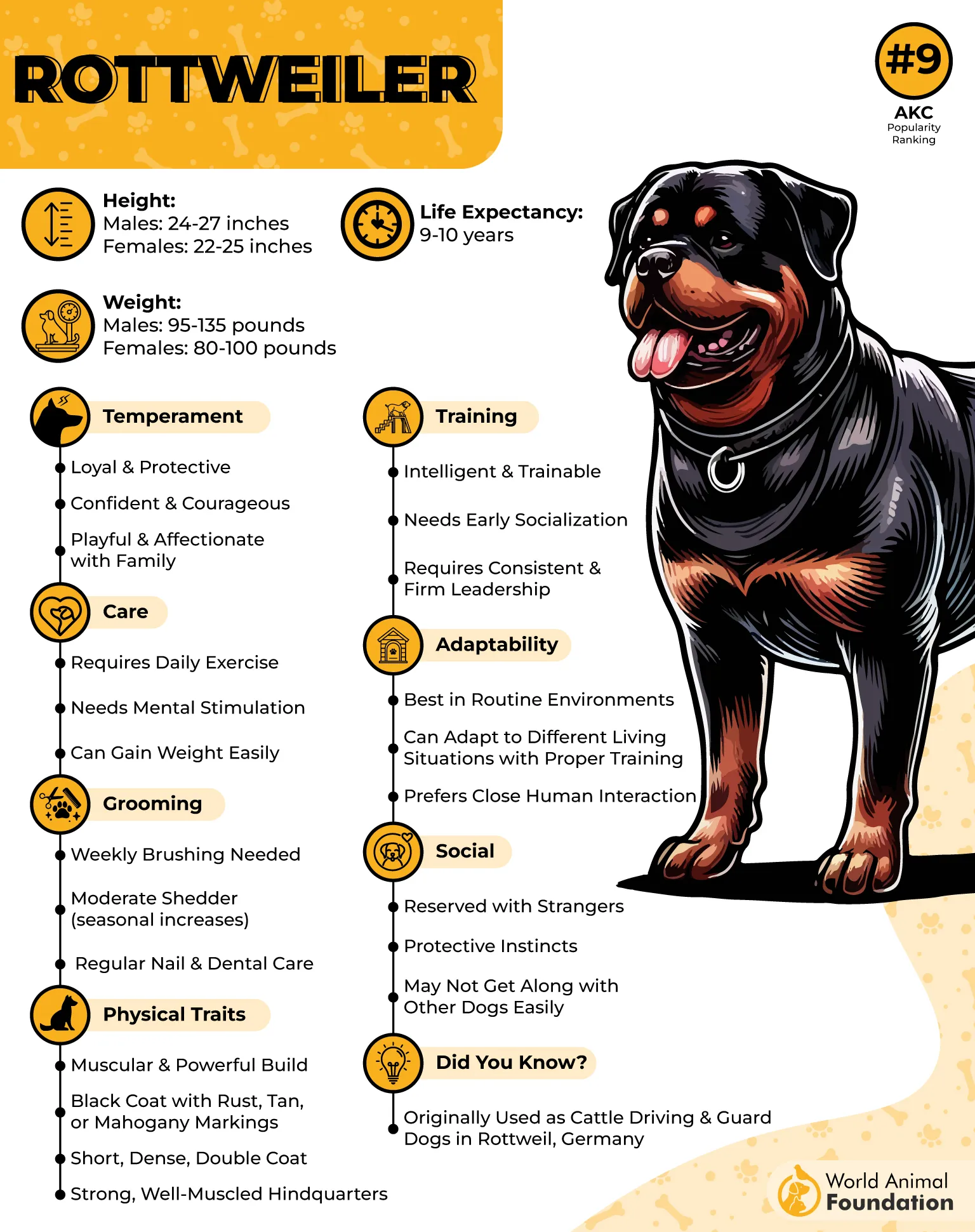
According to PDSA, they were originally bred as livestock herders for Roman legions moving across the Alps. Rottweilers evolved into guardians, cart-pullers, and even police dogs in Germany over the centuries.
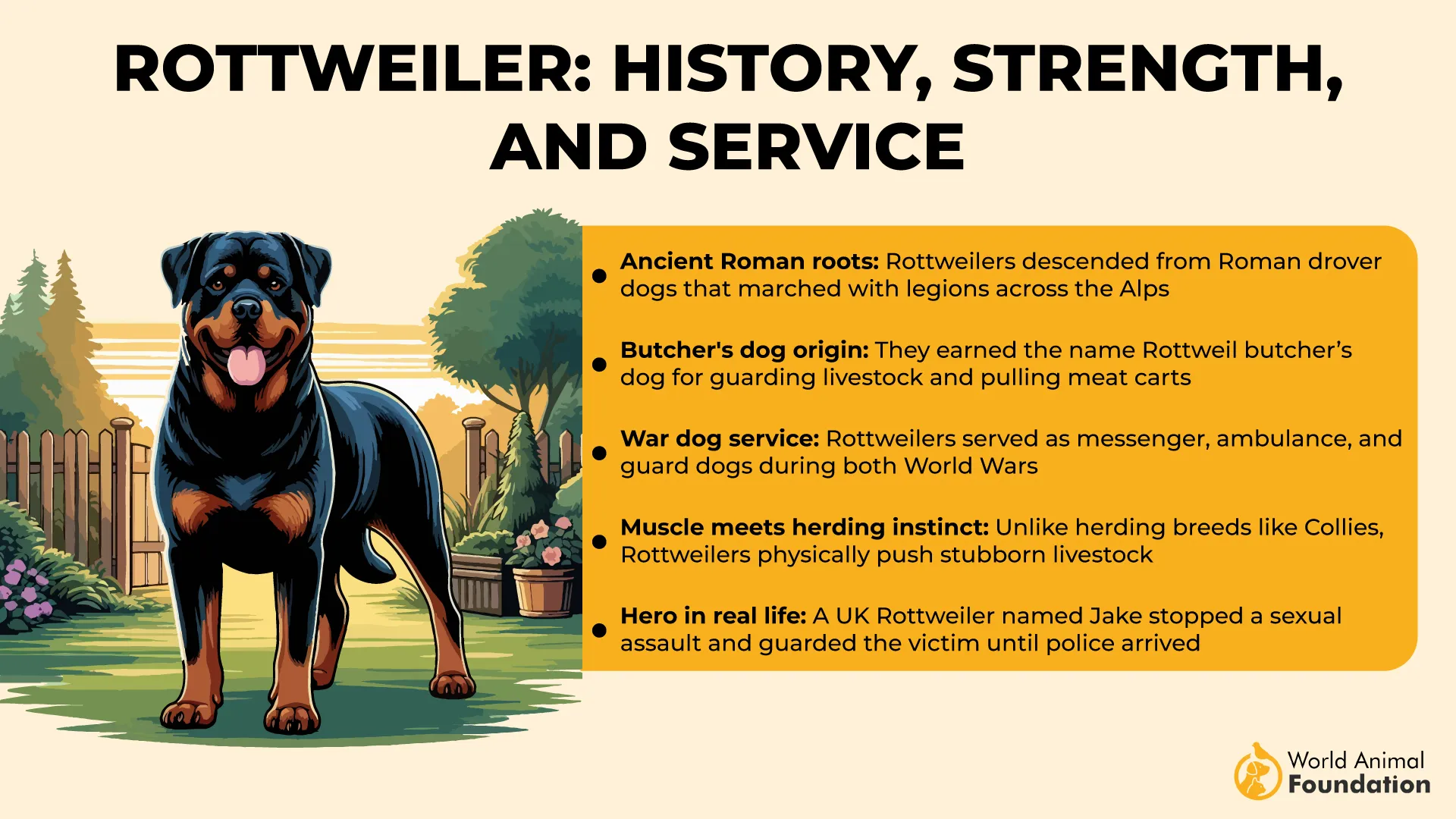
In the right hands, they’re loyal beyond expectation, smart, and surprisingly goofy when relaxed. Their strong sense of duty and self-contained confidence gives them a noble, almost dignified presence—but also demands an owner capable of matching that presence with calm, fair control.
|
Feature |
Details |
|---|---|
|
Temperament |
Calm and confident with deep loyalty, cautious of outsiders with a solid guard instinct |
|
Training Needs |
Firm but patient, reward-based training with early exposure prevents fear-based reactions |
|
Unique Trait |
The breed’s mix of serious bulk and agility enables powerful, swift moves when motivated |
|
Ideal Environment |
Spacious, structured home with a consistent routine and mental challenges to channel energy |
|
Exercise Requirements |
Moderate to high activity—mental stimulation is just as vital as physical exercise |
|
Potential Challenges |
Without early leadership, can develop leash reactivity, stubbornness, or dominance traits |
3. German Shepherd
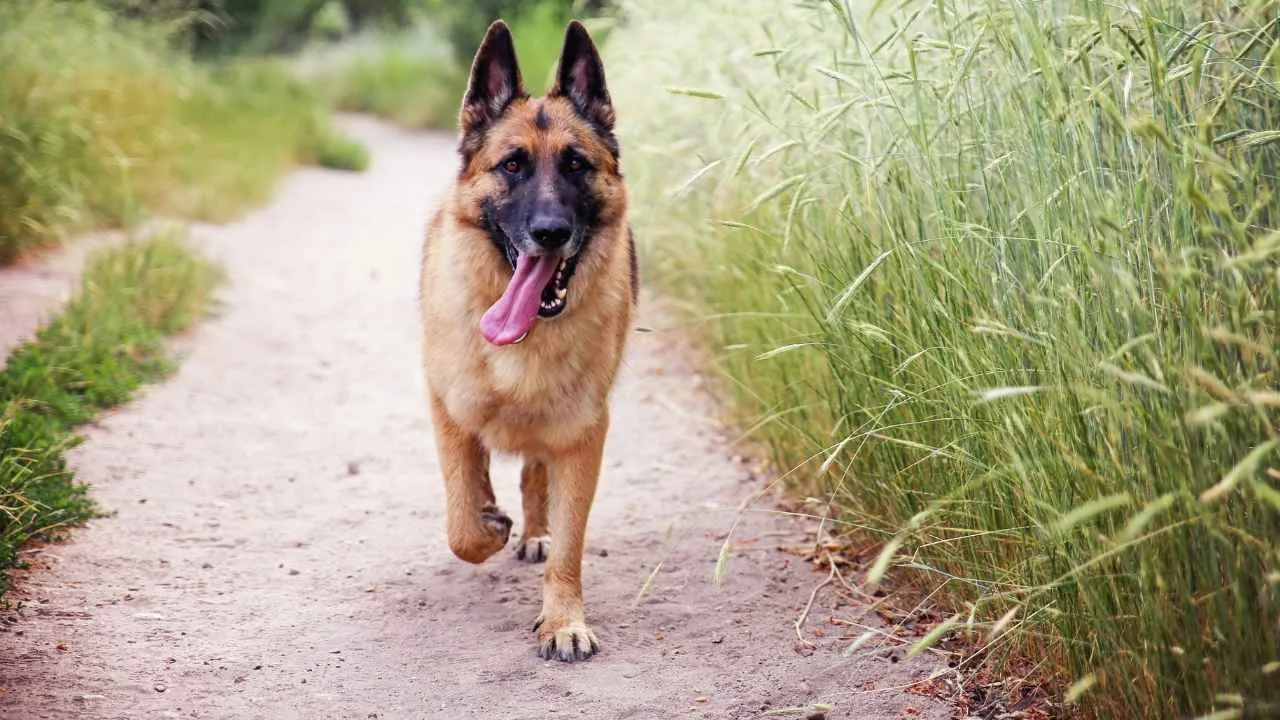
The German Shepherd is frequently cited among the unsafe dogs due to its combination of intelligence, strength, and protective instincts. While not inherently aggressive, this breed can pose risks if not properly trained and socialized.
Without appropriate guidance, their natural guarding tendencies can lead to overprotectiveness, especially in unfamiliar situations.

Originating in Germany in the late 19th century, German Shepherds were initially bred for herding and protecting sheep. According to PetMD, their versatility and intelligence have since made them popular choices for roles in the police, military, and service work. Known for their loyalty and courage, they form strong bonds with their families.
|
Feature |
Details |
|---|---|
|
Temperament |
Loyal, confident, and courageous, can be reserved with strangers |
|
Training Needs |
Requires consistent, positive reinforcement training and early socialization |
|
Unique Trait |
Exceptional intelligence and versatility, excelling in various roles such as service and working dogs |
|
Ideal Environment |
Active households with experienced owners who can provide structure and mental stimulation |
|
Exercise Requirements |
High — daily physical and mental exercise is essential to prevent boredom and behavioral issues |
|
Potential Challenges |
May develop behavioral issues if not properly trained and socialized; requires firm leadership |
4. American Bulldog
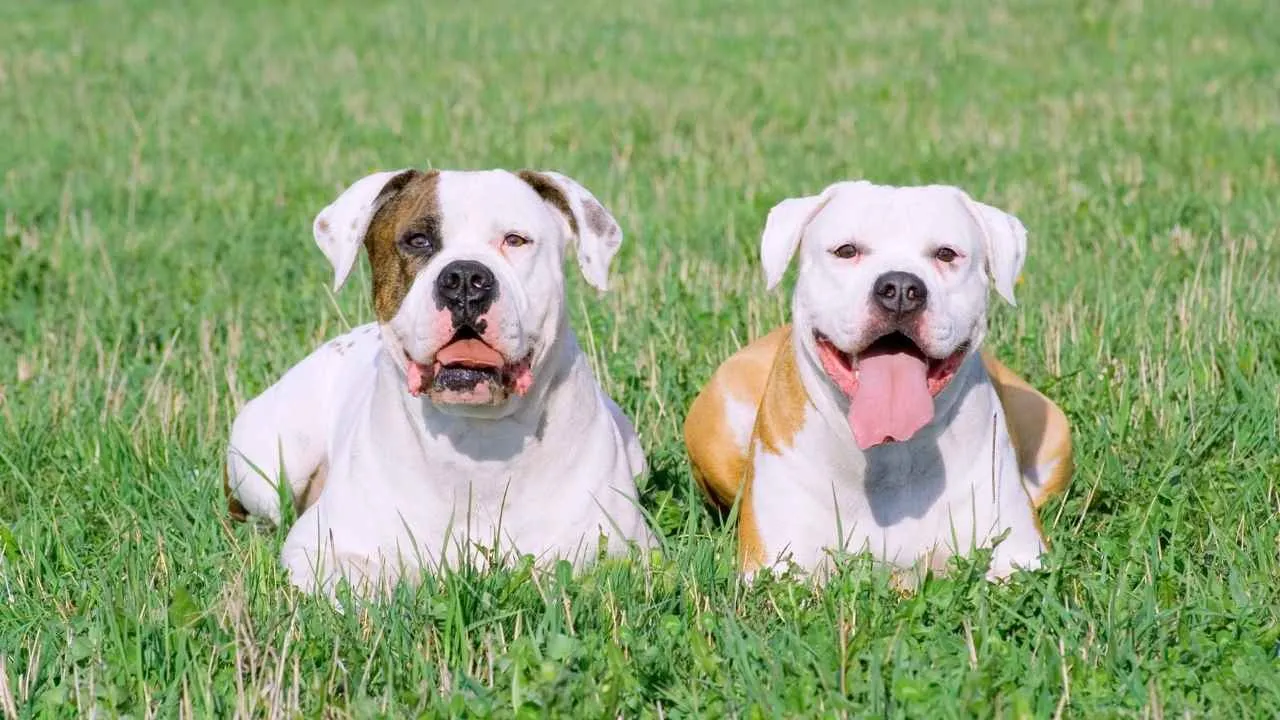
The American Bulldog often gets flagged as a breed to avoid due to its combination of size, strength, and stubborn temperament. Without training, their protective nature can easily tip into aggression, especially when their natural guarding instincts go unchecked.
Compared to other breeds in the same category, American Bulldogs require firm, consistent leadership to prevent dominance or territorial behavior from escalating into dangerous situations. This makes them less suitable for inexperienced owners or homes lacking clear rules and routines.
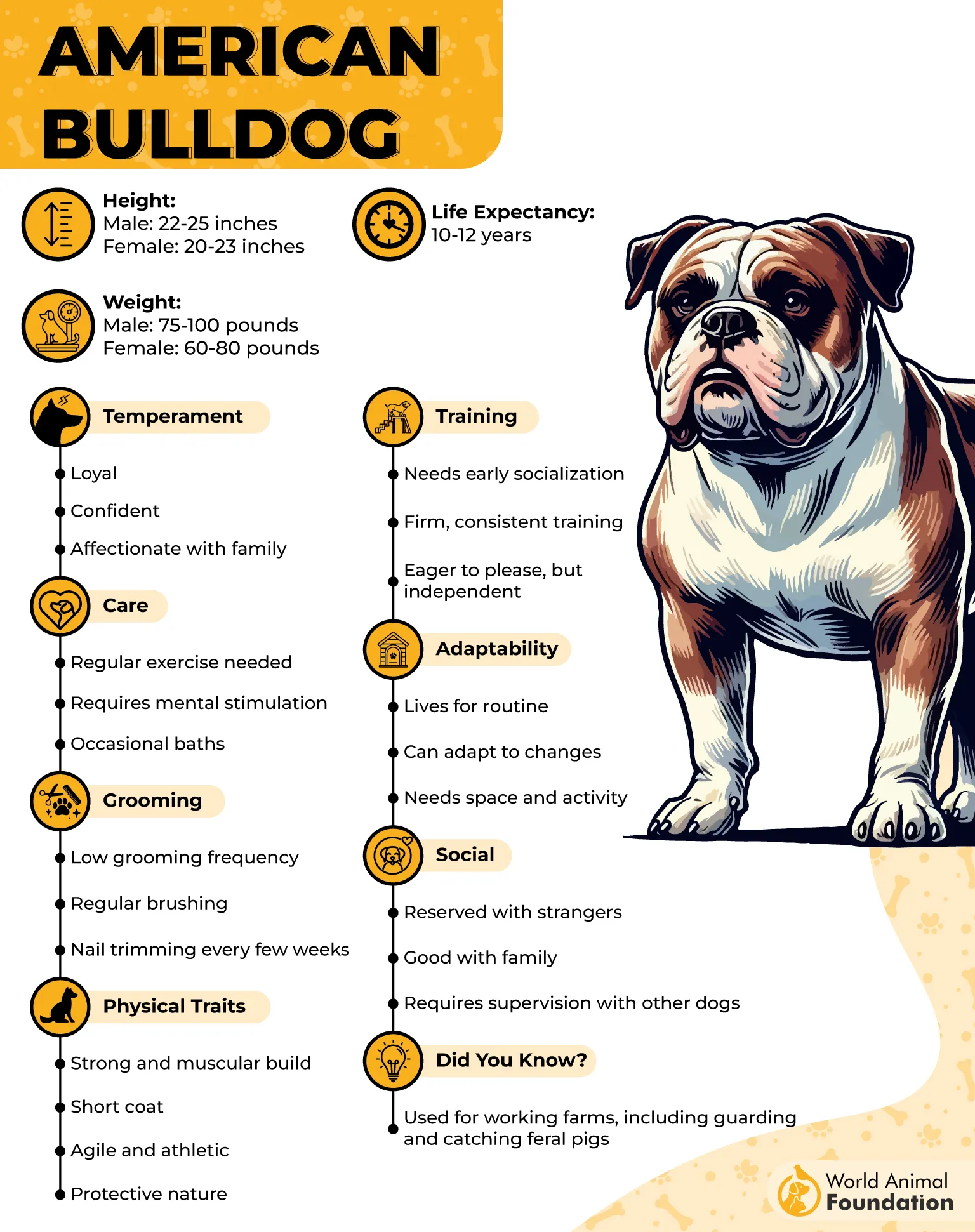
Originally bred as working dogs on farms, American Bulldogs were prized for their courage and ability to handle livestock and protect property. Their muscular build and confident personality reflect this heritage, but they also carry a strong-willed streak that demands patient handling.
|
Feature |
Details |
|---|---|
|
Temperament |
Protective, strong-willed, and loyal to family |
|
Training Needs |
Requires proper training with consistent boundaries |
|
Unique Trait |
Instinct for guarding and farm work |
|
Ideal Environment |
Active homes with experienced owners who can provide structure |
|
Exercise Requirements |
Moderate to high; benefits from physical and mental challenges |
|
Potential Challenges |
Can develop stubbornness and dominance without early guidance |
5. Bullmastiff
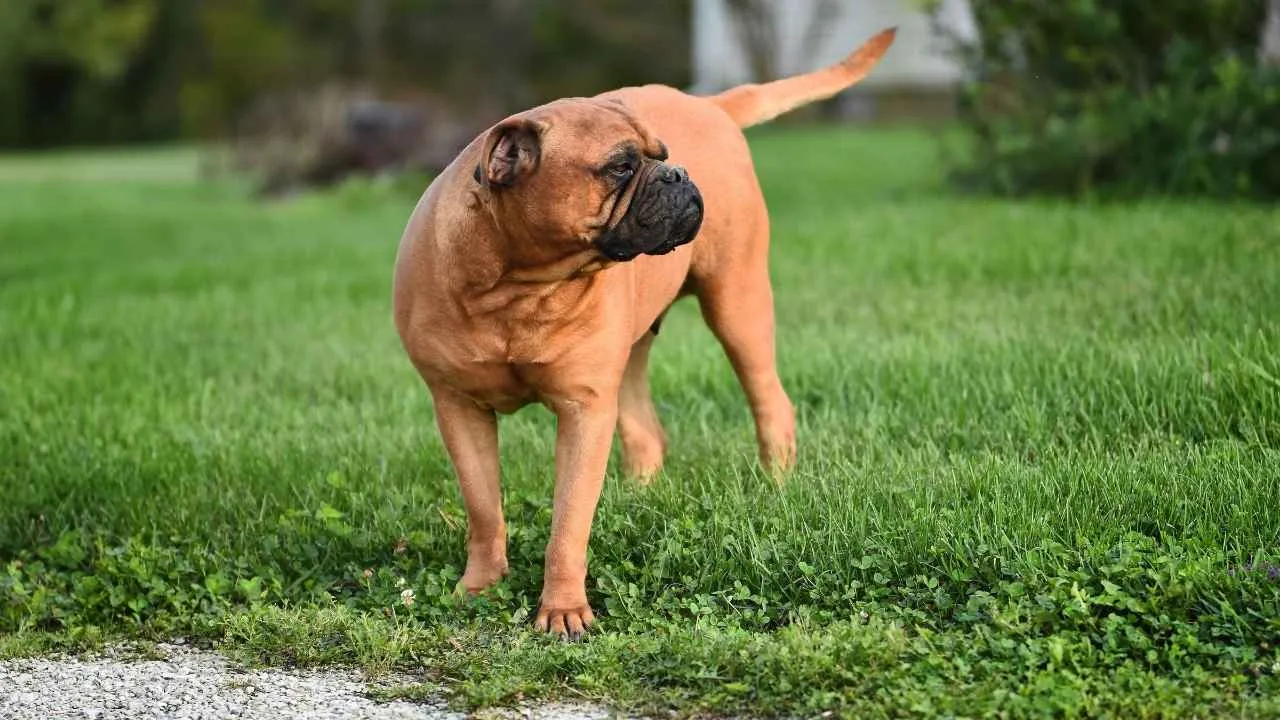
Bullmastiffs rank among the least safe dog breeds due to their imposing size and fierce protective instincts. As natural guard dogs, they were bred to silently patrol estates and deter intruders, which gives them an innate suspicion of strangers.
Without proper training and early socialization, this protective nature can lead to aggressive behavior. Their sheer presence as large dogs means any outburst can quickly become dangerous, especially in homes unfamiliar with handling such strength and power.
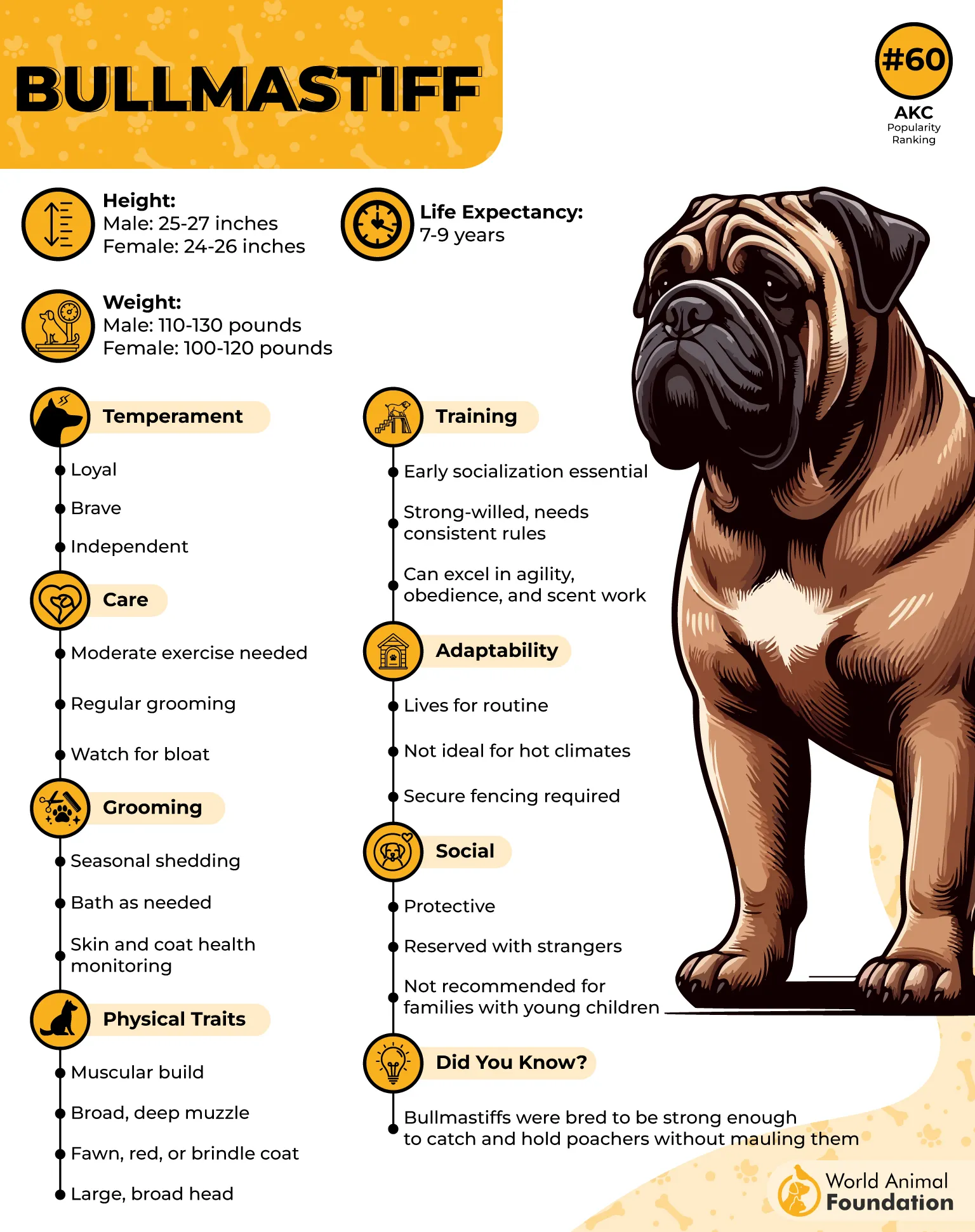
Developed in 19th-century England by crossing Bulldogs with Mastiffs, Bullmastiffs were specifically bred to combine strength, agility, and courage. Unlike many mixed-breed dogs, Bullmastiffs have a consistent lineage aimed at guarding and protection roles. Their gentle demeanor with family contrasts sharply with their ability to become serious and alert protectors when duty calls.
|
Feature |
Details |
|---|---|
|
Temperament |
Calm and affectionate with family, intensely protective of territory |
|
Training Needs |
Early socialization and firm, consistent training are crucial |
|
Unique Trait |
Silent but powerful guarding ability that intimidates intruders |
|
Ideal Environment |
Spacious homes with experienced owners who respect their strengths |
|
Exercise Requirements |
Moderate — benefits from regular walks and mental stimulation |
|
Potential Challenges |
Can be stubborn and territorial without early guidance |
6. Siberian Husky
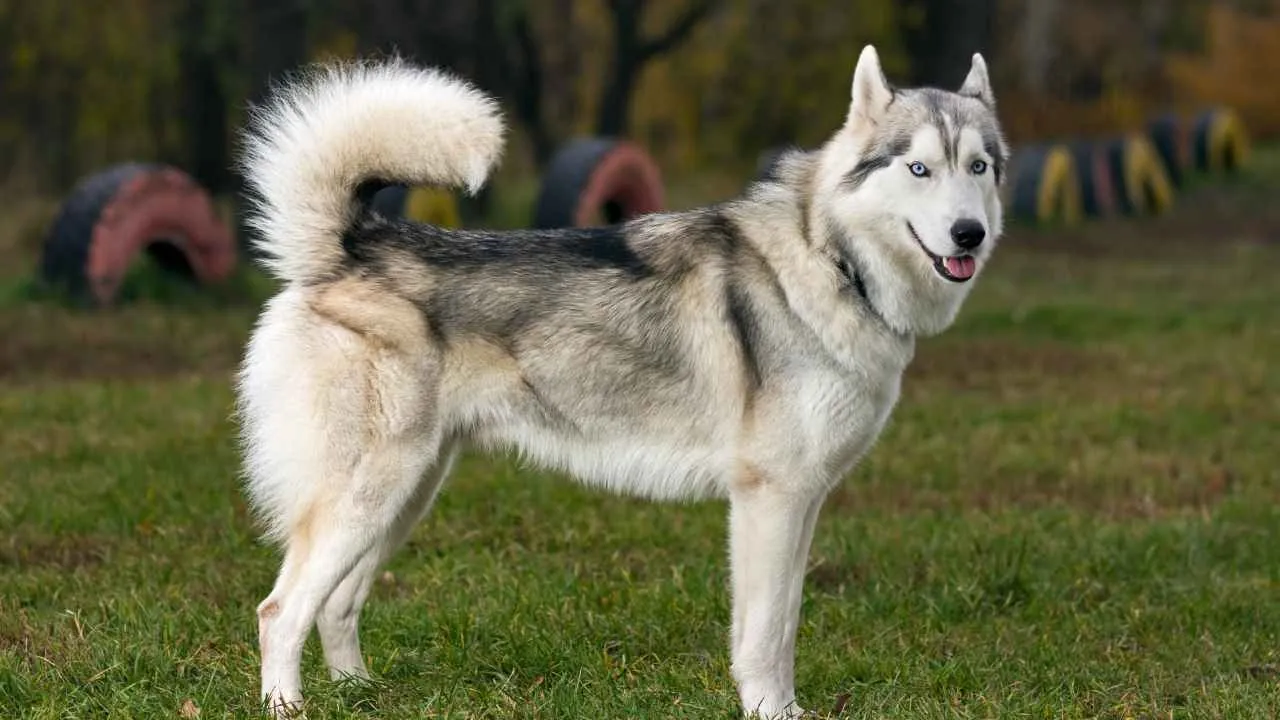
Siberian Huskies often find themselves on lists of the least safe dog breeds to avoid due to their strong-willed and energetic personality. Their famous playful nature can sometimes mask a stubborn streak that challenges even experienced owners.
Without firm leadership and consistent boundaries, Huskies may become independent to the point of ignoring commands, which can lead to risky situations, especially around unfamiliar people.
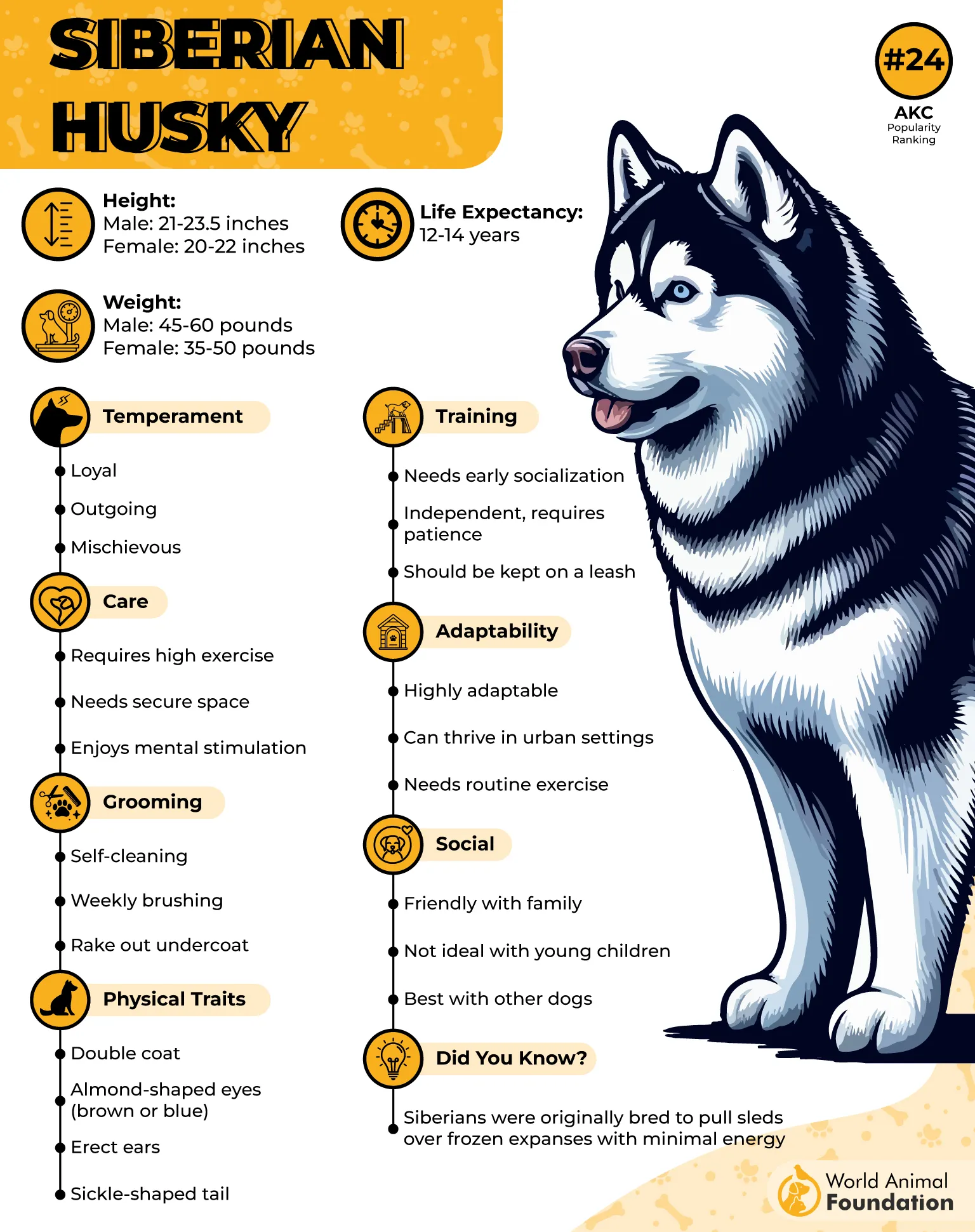
According to the American Kennel Club (AKC), they were originally bred as sled dogs in harsh Arctic conditions. Siberian Huskies were designed to work in teams, showing remarkable endurance and cooperation.
While dogs are known for their friendliness, Huskies have a pack mentality and a strong prey drive that can make integrating with smaller animals or certain other pets tricky.
Feature |
Details |
|---|---|
|
Temperament |
Energetic, independent, and playful with a strong pack instinct |
|
Training Needs |
Needs firm, consistent training and early socialization |
|
Unique Trait |
Remarkable endurance and ability to thrive in harsh conditions |
|
Ideal Environment |
Active homes with secure yards and engaged owners |
|
Exercise Requirements |
High — requires daily vigorous physical and mental activity |
|
Potential Challenges |
May chase or be aggressive toward smaller animals without supervision |
7. Doberman Pinscher
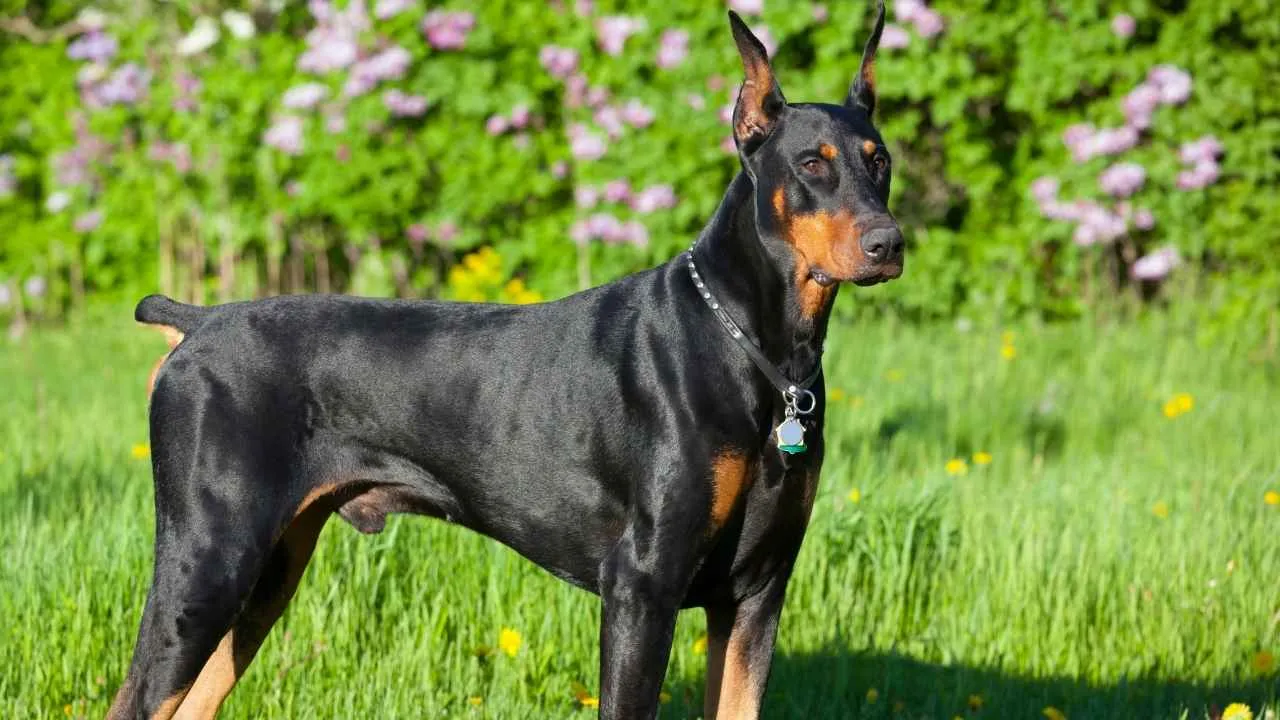
Doberman Pinschers tend to be included in discussions of the least safe dog breeds due to their alertness and protective instincts. Their intense loyalty to family can sometimes translate into suspicion of strangers, making them vigilant guardians.
For those unprepared for the breed’s energy and mental demands, challenges can arise that impact both the dog’s and the owner’s quality of life.
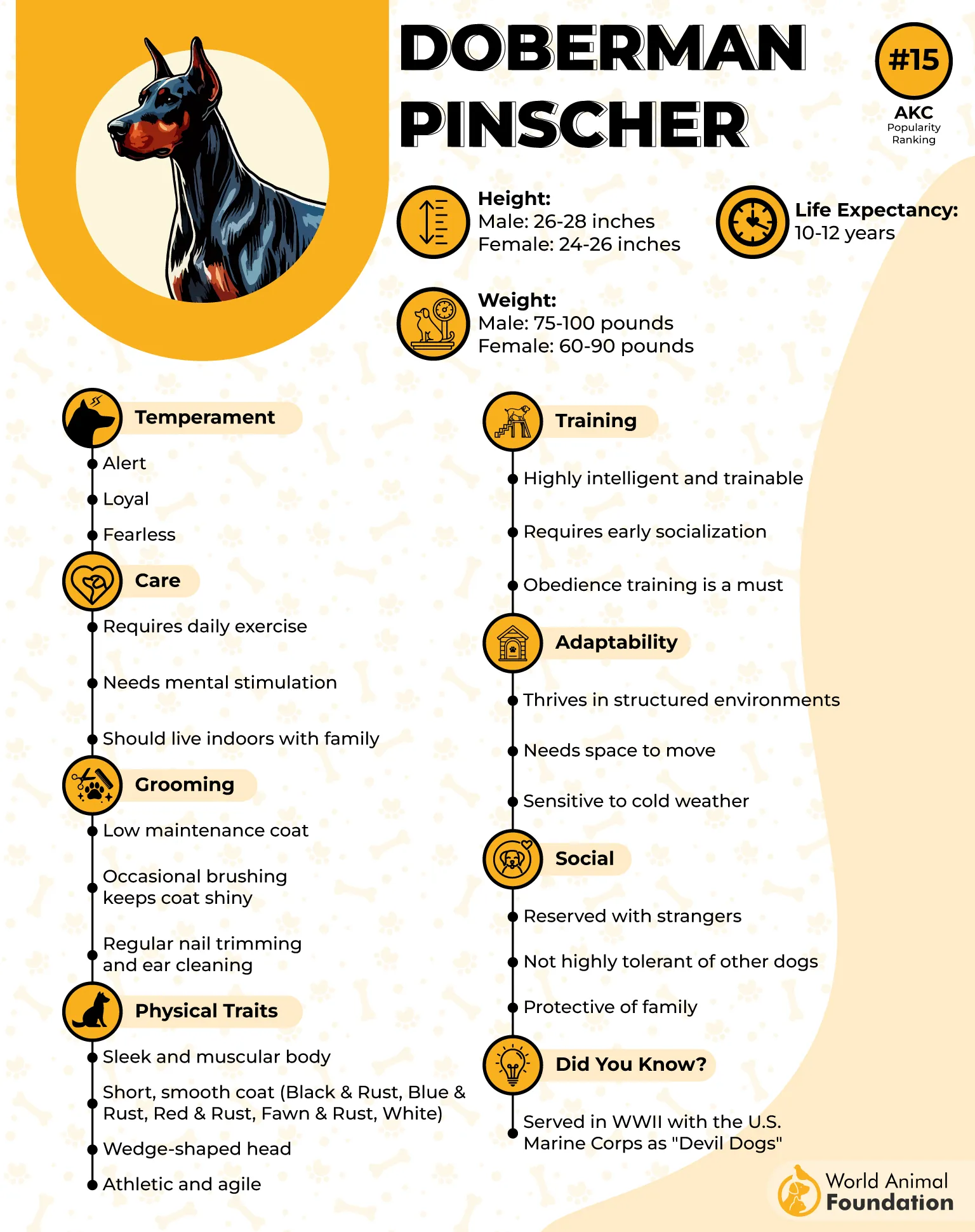
Originally bred in Germany as guard dogs and personal protectors, Dobermans were developed to be intelligent, fast, and fearless. While many see them as a great family dog because of their loyalty and bond with humans, they require owners who understand their need for discipline and mental stimulation.
Like most dogs, Dobermans thrive on structure and thrive when their energy is channeled appropriately, making them rewarding companions in the right hands.
|
Feature |
Details |
|---|---|
|
Temperament |
Alert, loyal, and protective with natural guarding instincts |
|
Training Needs |
Requires firm, consistent training and early socialization |
|
Unique Trait |
Remarkable speed and intelligence paired with a fearless demeanor |
|
Ideal Environment |
Structured homes with experienced owners who provide clear leadership |
|
Exercise Requirements |
High — daily physical and mental activity needed |
|
Potential Challenges |
Without proper guidance, they can display aggressive tendencies |
Conclusion
When it comes to the least safest dog breeds, it’s important to remember that not all dogs fit neatly into categories of risk or safety. While some aggressive breeds and certain breeds carry reputations for challenging behavior, many dogs—regardless of size—can be well-adjusted with the right care. Even the so-called gentle giants or dogs of small size have unique needs and temperaments that affect how they interact with people and other animals.
What this really means is that, generally, risk depends not only on breed but on factors like training, socialization, and environment. Understanding the traits that can lead to aggression or unpredictability is crucial for any potential dog owner. Avoiding certain breeds outright might seem like the simplest approach, but deeper awareness and responsible ownership are the best tools to ensure safety for both dogs and humans alike.


